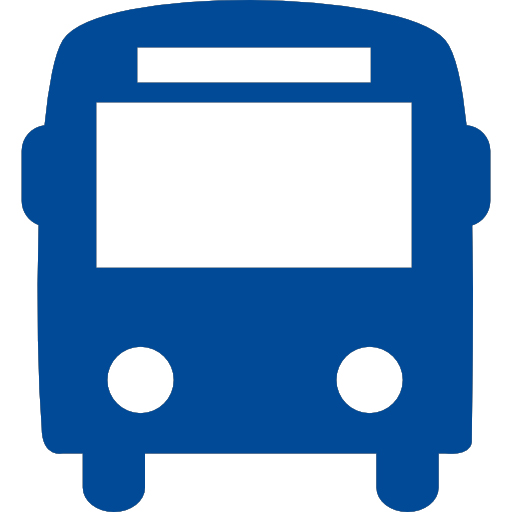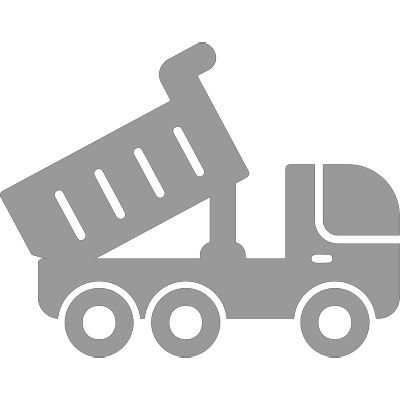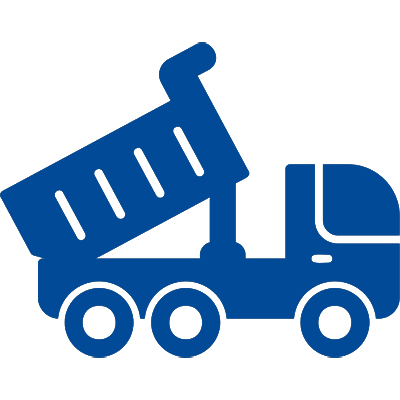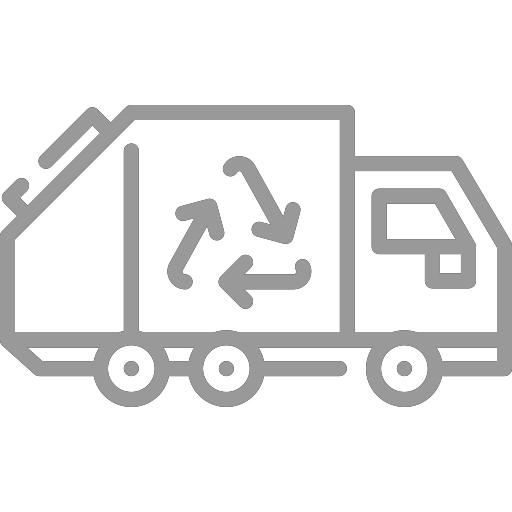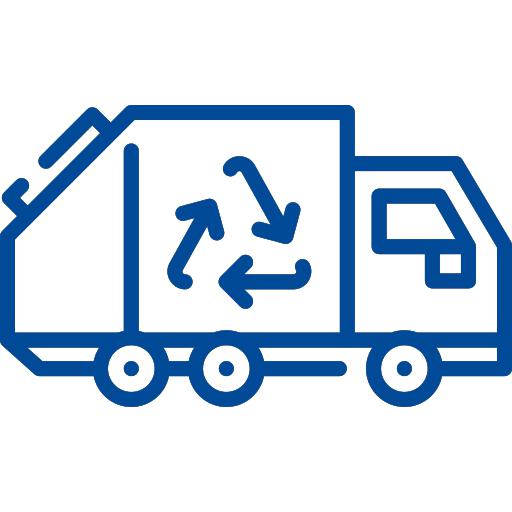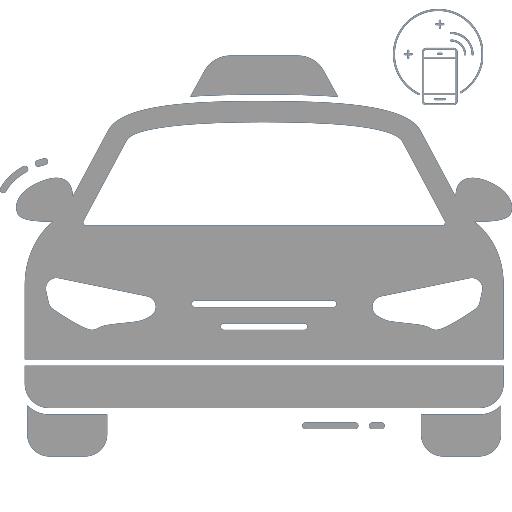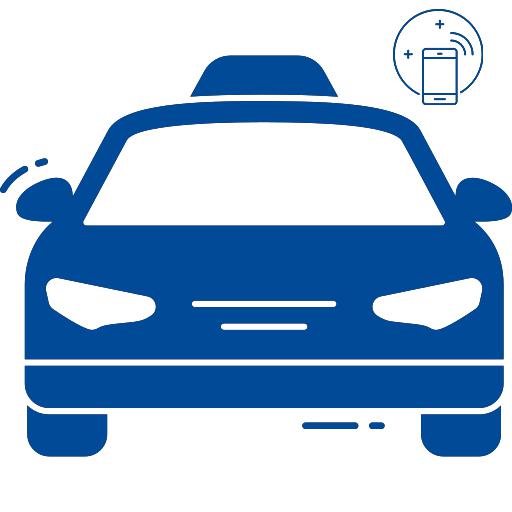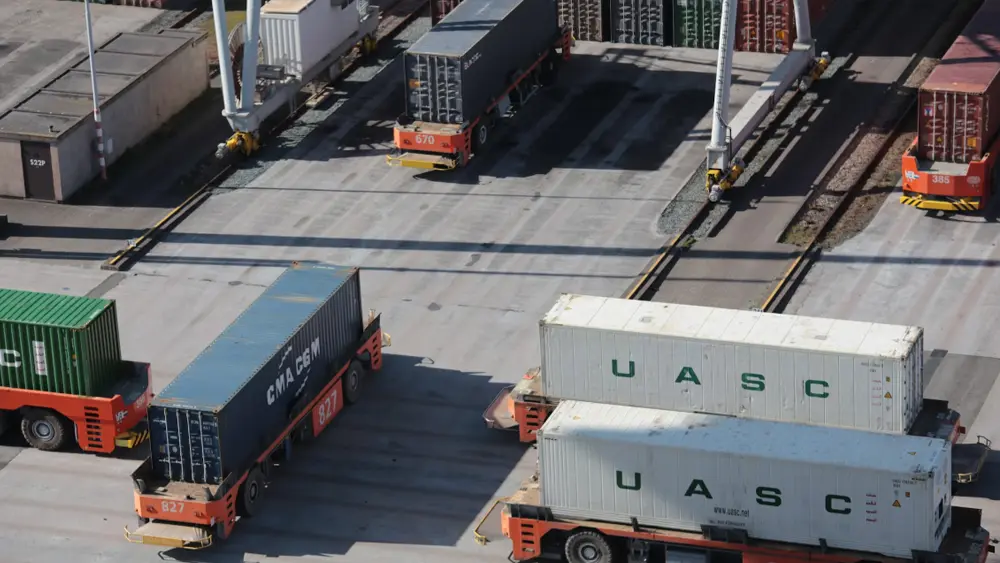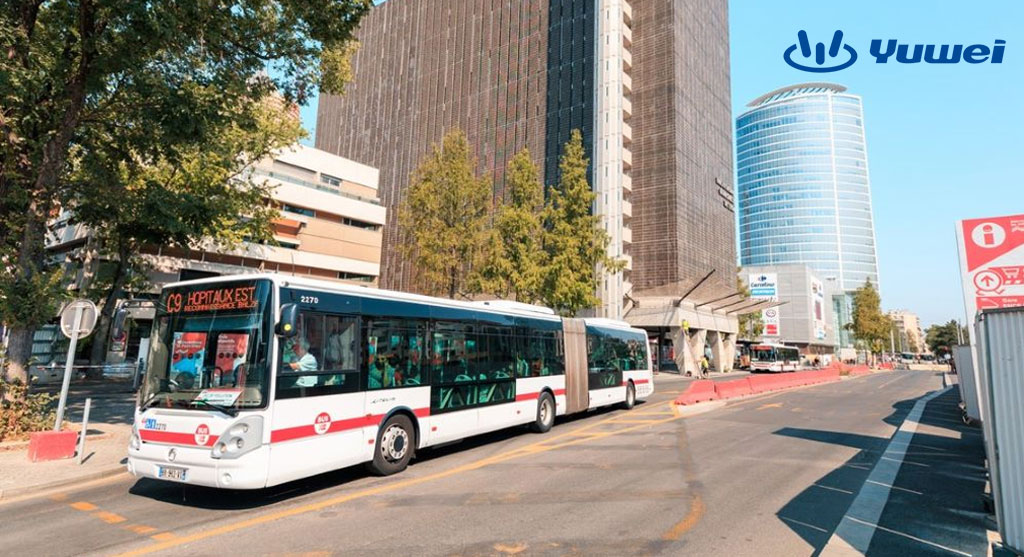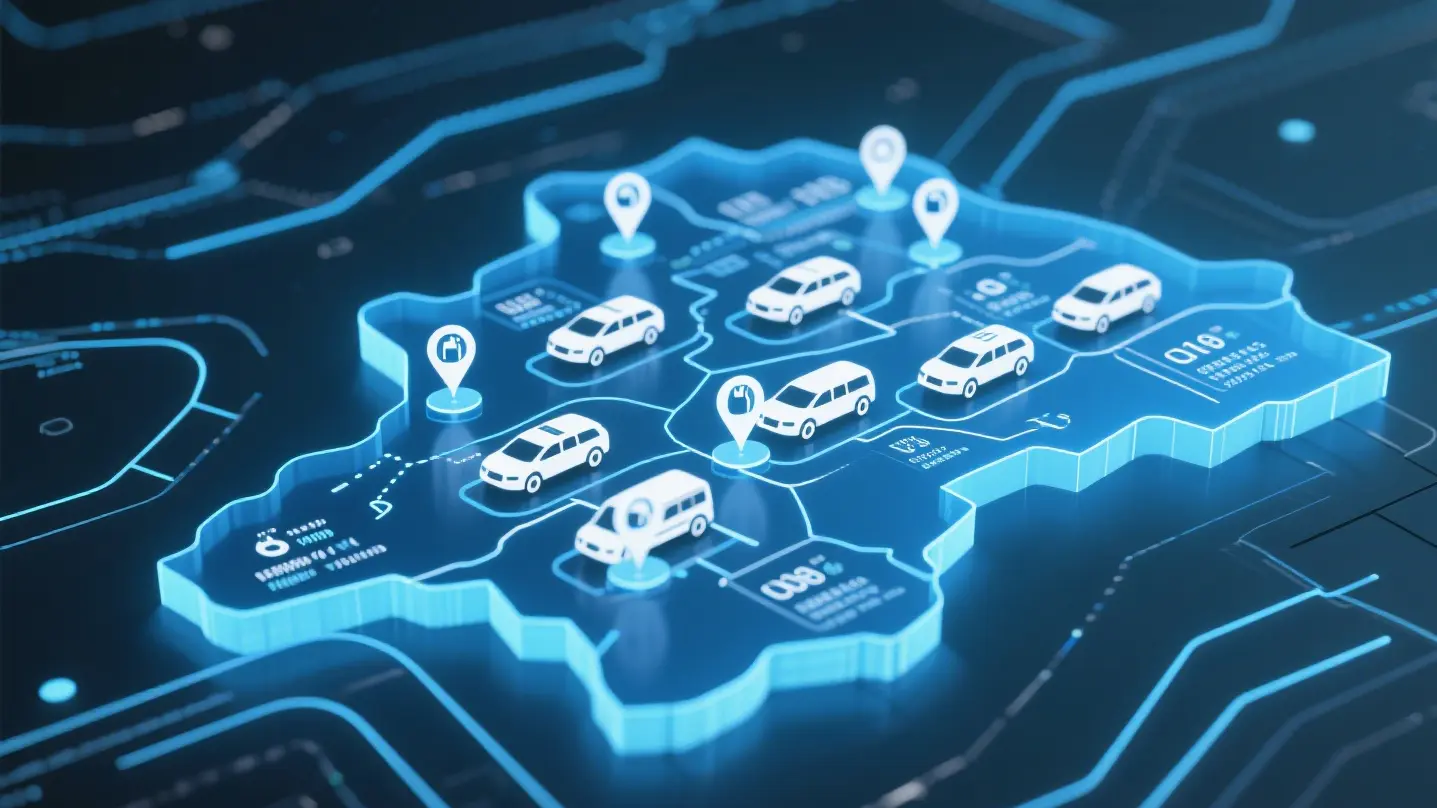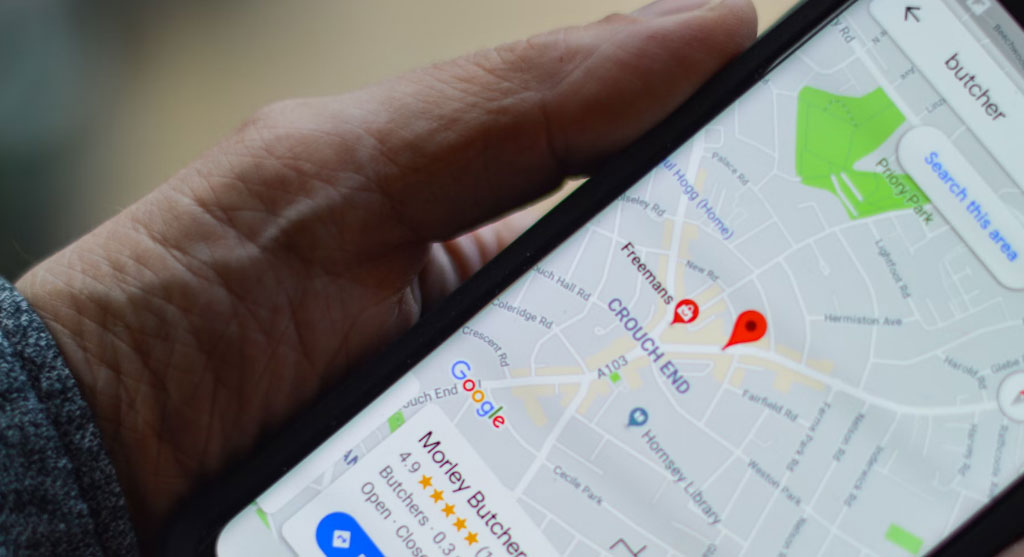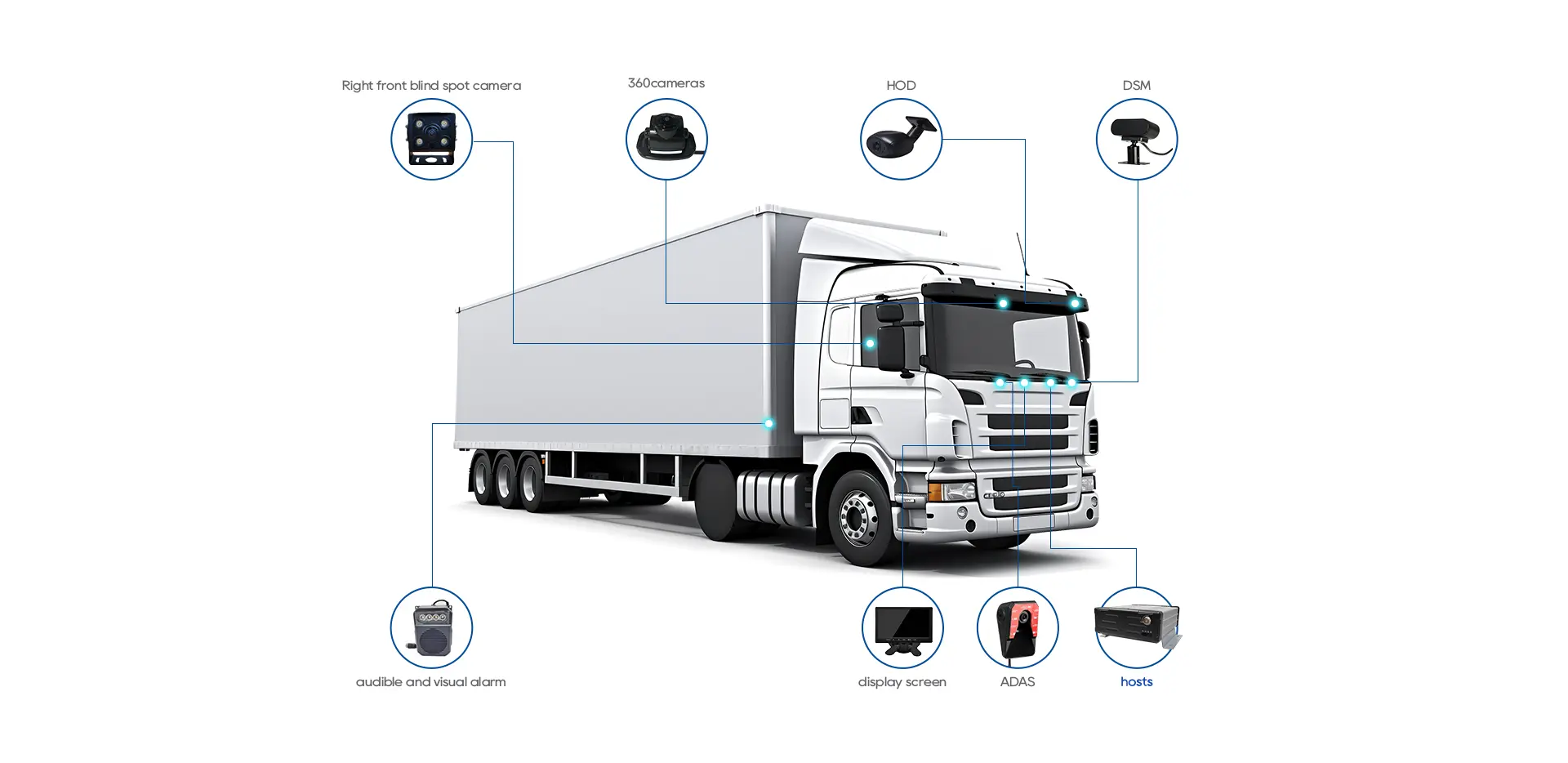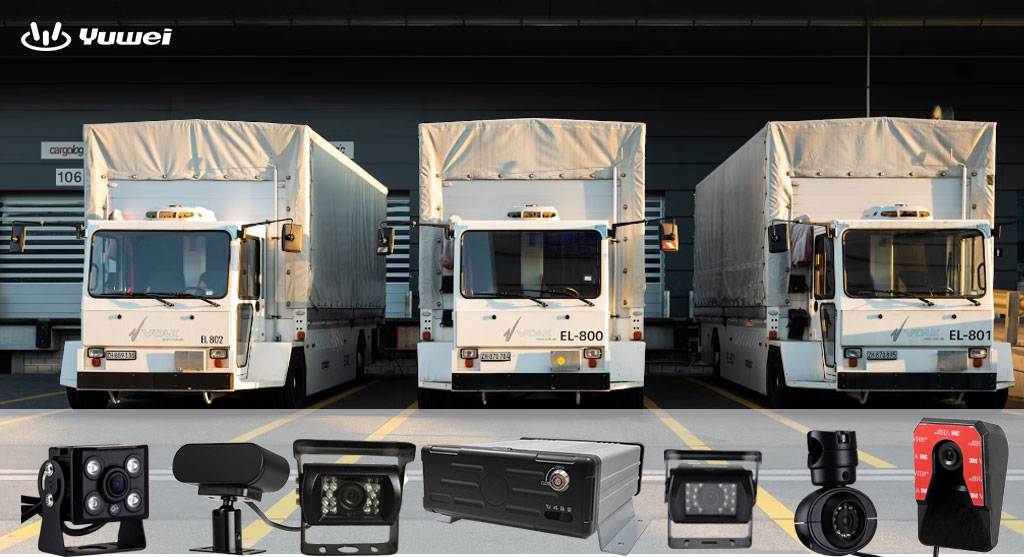Trailer Reversing Camera Wireless
YUWEI Trailer Reversing Camera Wireless
The YUWEI 1080P trailer reversing camera boasts an IP67 waterproof rating, with a selectable ultra-wide viewing angle of 150°/170°/190°. It also supports H.265 encoding technology, which not only conserves data and storage space but also provides a convenient and reliable high-definition in-vehicle monitoring experience! Additionally, this product features network camera functionality, offering advanced digital transmission technology for high-quality images. The camera automatically controls white balance, exposure, and other related image optimization modules, ensuring excellent color representation in the images.
Installed at the rear of the trailer and integrated with a display screen inside the vehicle, it forms a complete reverse camera system. During reverse parking, real-time video images of the rear area can be viewed.
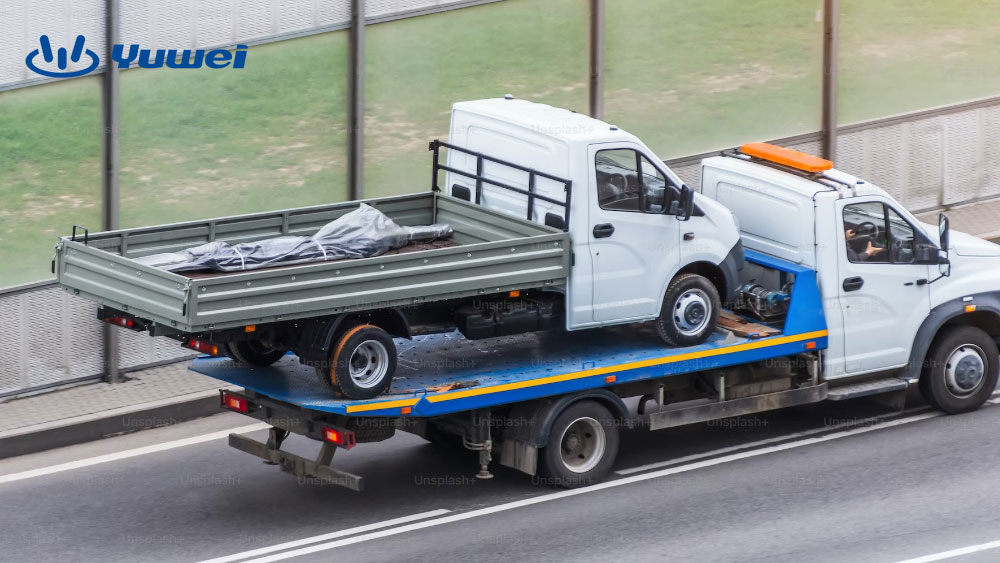
Key Features of the Trailer Reversing Camera:
1/3-inch CMOS sensor with 1.3 million pixels, providing high resolution and clear, delicate, and realistic images
Low illumination, 0.01Lux@(F1.2,AGC ON)
Supports IRCUT infrared filter automatic switching, automatic color-to-black function, achieving day and night monitoring
Digital wide dynamic range, supports backlight compensation, and strong light suppression
Supports OSD menu control, suitable for custom settings by customers
Supports 3D digital noise reduction function
Super strong defogging function
Intelligent infrared compensation
Car-mounted aviation head for stability and reliability
Equipped with lightning protection
Built-in omnidirectional microphone
Trailer Camera Specifications:
technical projects | Project detailed specifications |
Image Sensor | 1/3 CMOS 1 million pixels |
signal system | PAL |
Effective Pixels | 1280(H)×720(V) |
Minimum illumination | 0.01LUX |
day and night mode | IR-CUT infrared filter switching |
infrared | Infrared distance 15 meters |
signal-to-noise ratio | ≥45dB |
electronic shutter | AUTO/ 1/50 (1/60)-1/100,000sec |
Frame rate | 25fps, 1280×720 |
video standards | AHD 1.0 |
lens | 2.8mm fixed focus HD lens |
Horizontal viewing angle | 90° |
Noise reduction | Support 2D/3D noise reduction |
white balance | automatic |
Synchronously | internal synchronization |
Line length | 50cm |
shell | Metal |
Protection level | IP6 7 |
power supply | 50mA @ DC12V without night vision, 200mA @ DC12V with night vision |
Operating temperature | -30℃ ~ 70℃ |
storage temperature | -40℃~85℃ |
Email:hello@yuweitek.com














